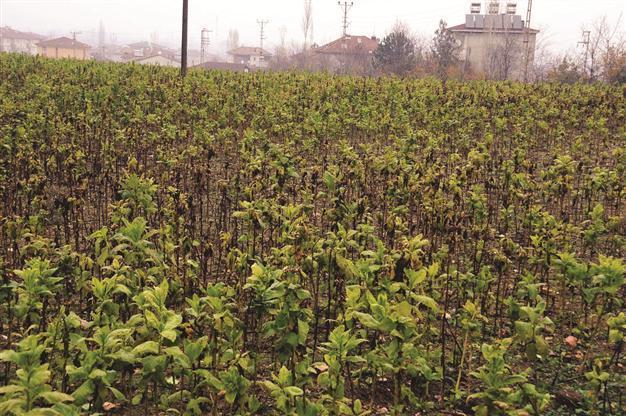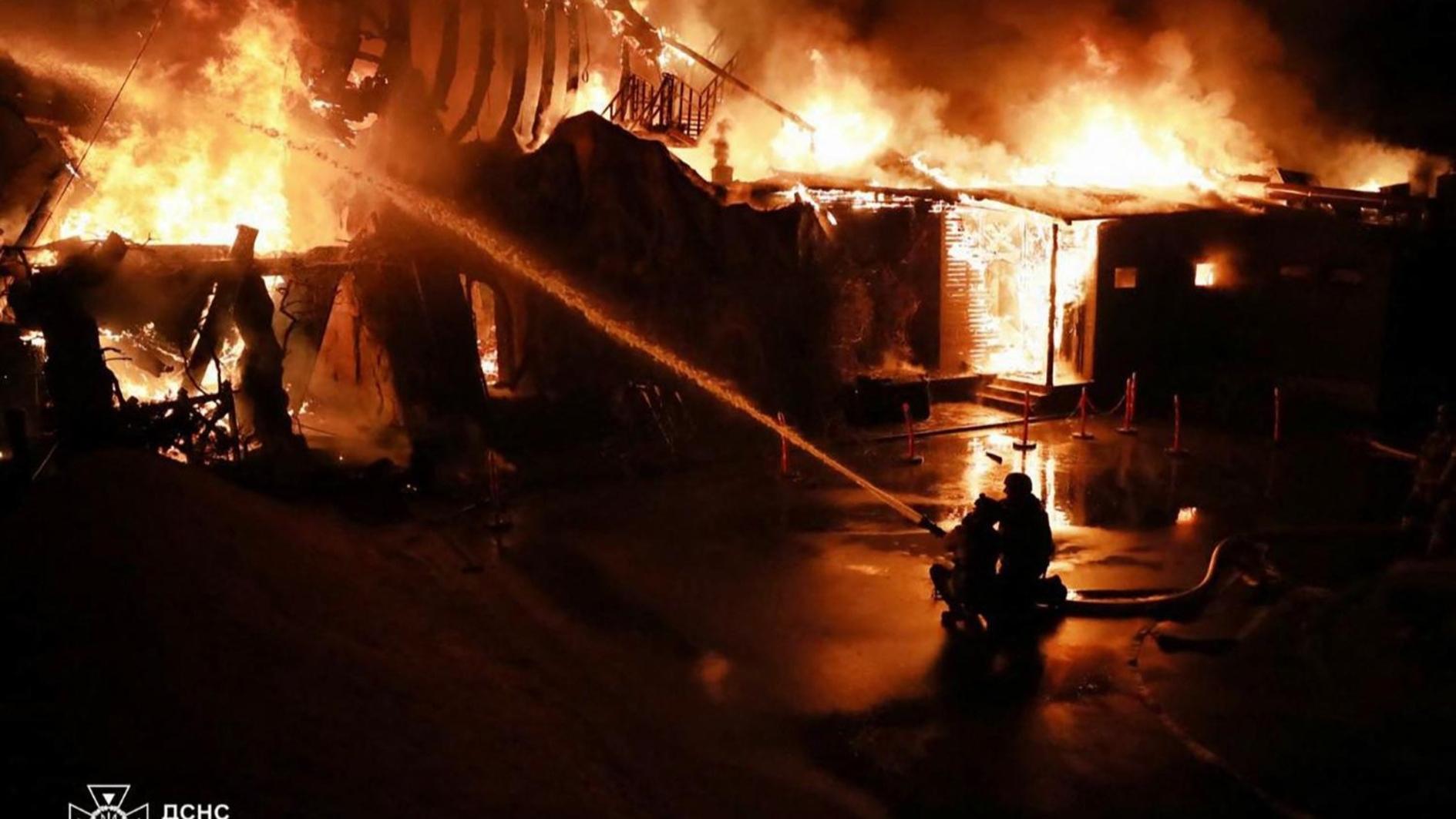Tobacco planted on archaeological area in northern Turkey
TOKAT - Doğan News Agency

Tokat’s Horoztepe mound, which has turned into a tobacco plant over the years, is to host archaeological excavations once again after many years. DHA Photo
Works have been initiated to start archaeological excavations in the northern province of Tokat’s Horoztepe mound, which has turned into a tobacco farm despite being declared a first-degree archaeological area.The mound, located in the eastern part of the Erbaa district and is claimed to be home to the Anatolian civilization of the Hatti between 2500 and 1700 B.C., has been covered with earth over time and become a hill with an altitude of 325 meters. The first excavations were carried out on the mound in 1940. Many artifacts from the Hittite and Phrygian eras have been unearthed during past excavations.
It was also reported that the region had characteristics of the best known Alacahöyük mound in the Central Anatolian province of Çorum, although work has since ceased in the area.
Tobacco field
The field of roughly three hectares, which was owned by Yusuf Şerbetçi, who died a few years ago, and was then bequeathed to his inheritors, was declared as a first-degree archaeological site in 1996. But because archaeological activity did not start, the owners rented the field to five families, upon which tobacco was planted in the field.
Following the news that tobacco was planted on the field, officials took action.
Frankfurt Goethe University Director of Archaeology Dirk Wicke has come to the region with the invitation of the Erbaa Municipality and examined the mound. Examining the reports of the drilling works in Horoztepe, Wicke said they had found traces of the existence of three different civilizations in the mound, and it would be cleared during the excavations, which will start in August with the permission of the Culture and Tourism Ministry.
The excavations are set to start in the necropolis (graveyard) area, owned by the Erbaa Municipality. After the Sivas Cultural Heritage Protection Board gives permission to the excavation, 40 graves will be unearthed before the excavations begin.
A long-term project
Erbaa Mayor Hüseyin Yıldırım said Horoztepe was very important for the district, and continued:
“As a result of the drilling works, the archaeological site, which was about three hectares, was increased to roughly nine hectares by the Sivas Cultural Heritage Protection Board. We wanted to unearth this area and started looking for an expert, but failed to find an expert to work here. We had two choices to make this happen; either with Turkish experts via the Culture and Tourism Ministry or with the museum. But since the museum does not have personnel for this work, we applied to foreign countries.”
Until retirement
Yıldırım said at the end, they invited Wicke to Turkey. “He came to Erbaa and examined the area. ‘Once I start excavations here, I will continue until retirement,’ he said. This will be a long-term project. We have finished our file on Horoztepe and delivered it to the ministry. We will receive permission around April.
Excavations will start in the necropolis first. We hope that it will be heard about all around the world,” the mayor said.
Artifacts unearthed during the first excavations in Horoztepe are today on display at the Museum of Anatolian Civilizations in Ankara.
















